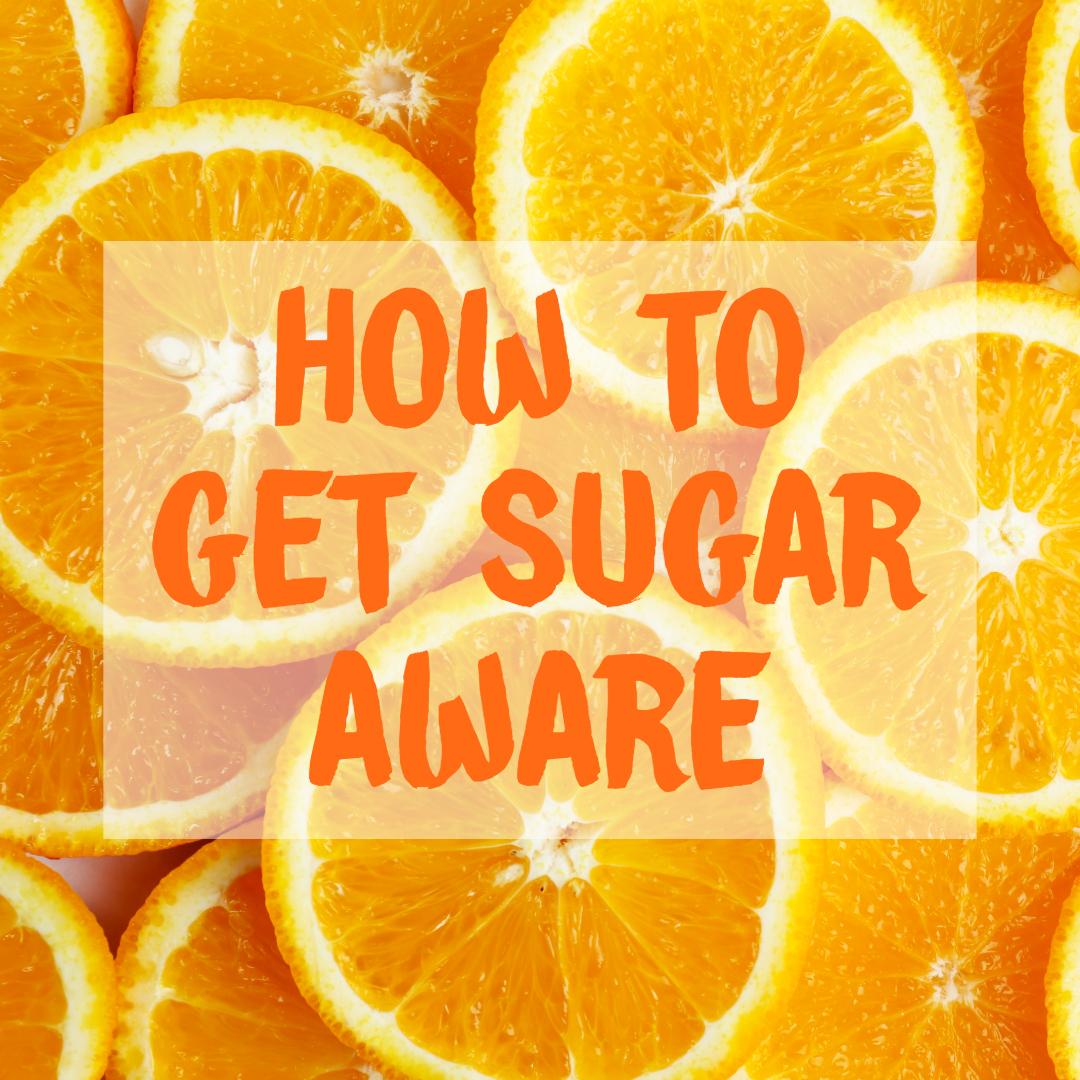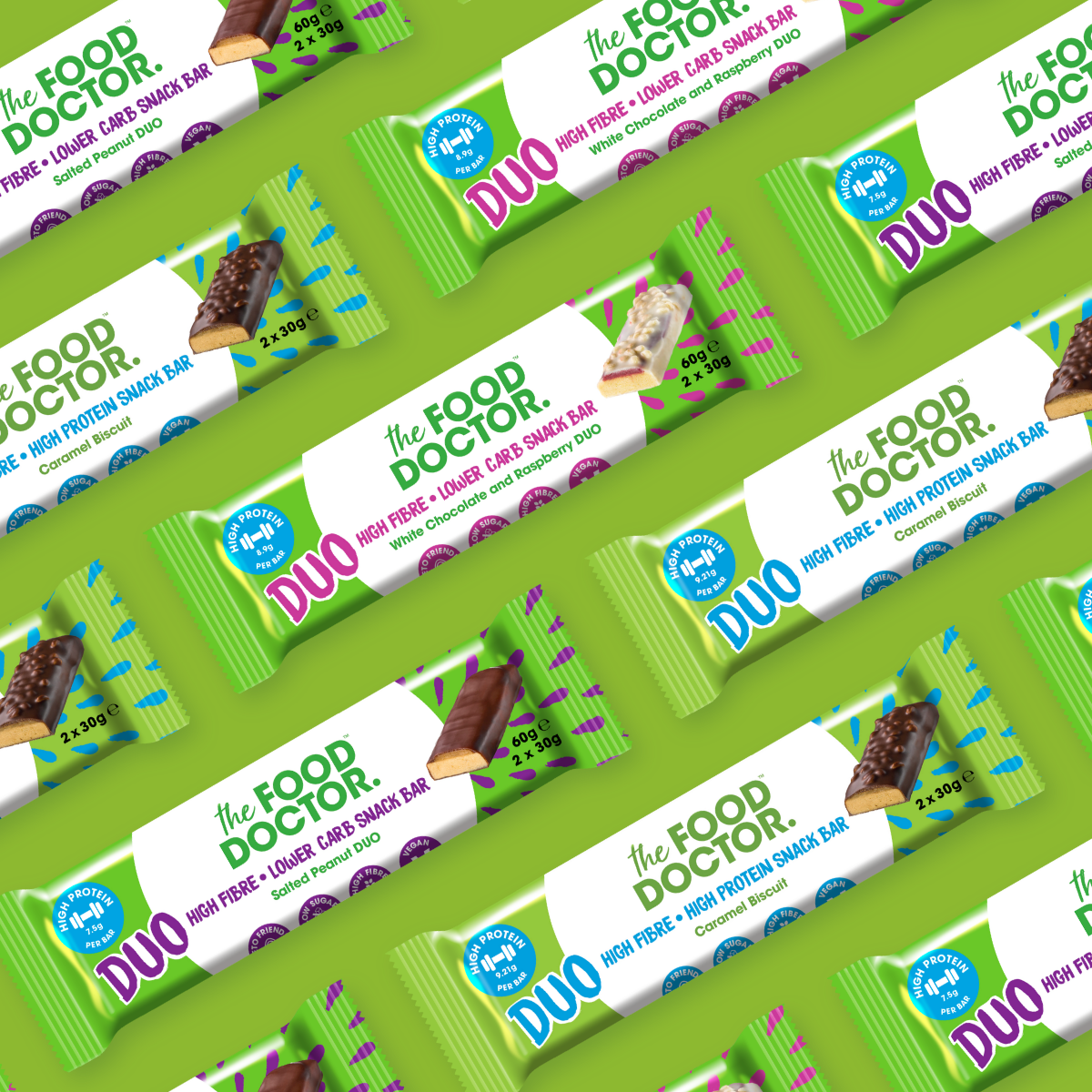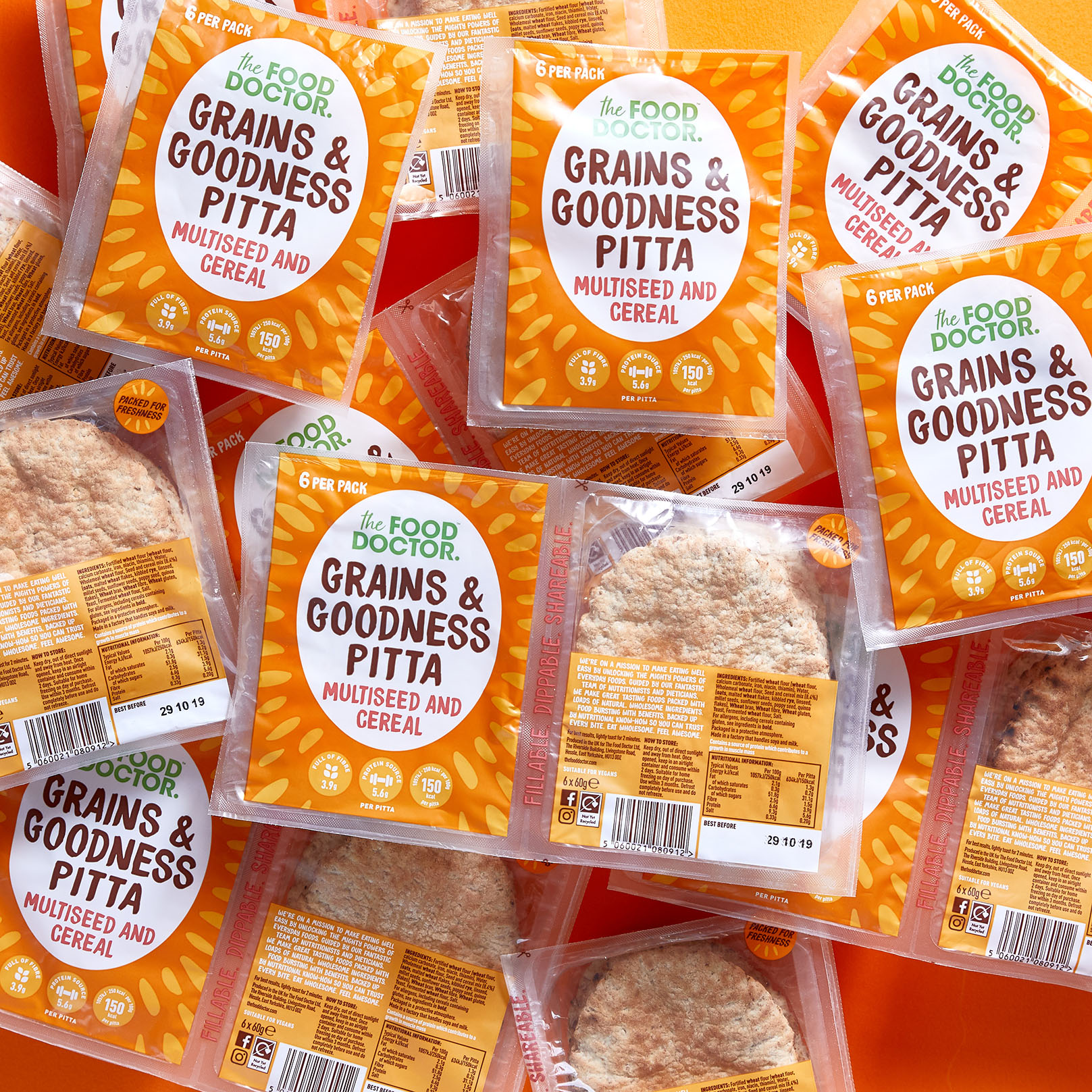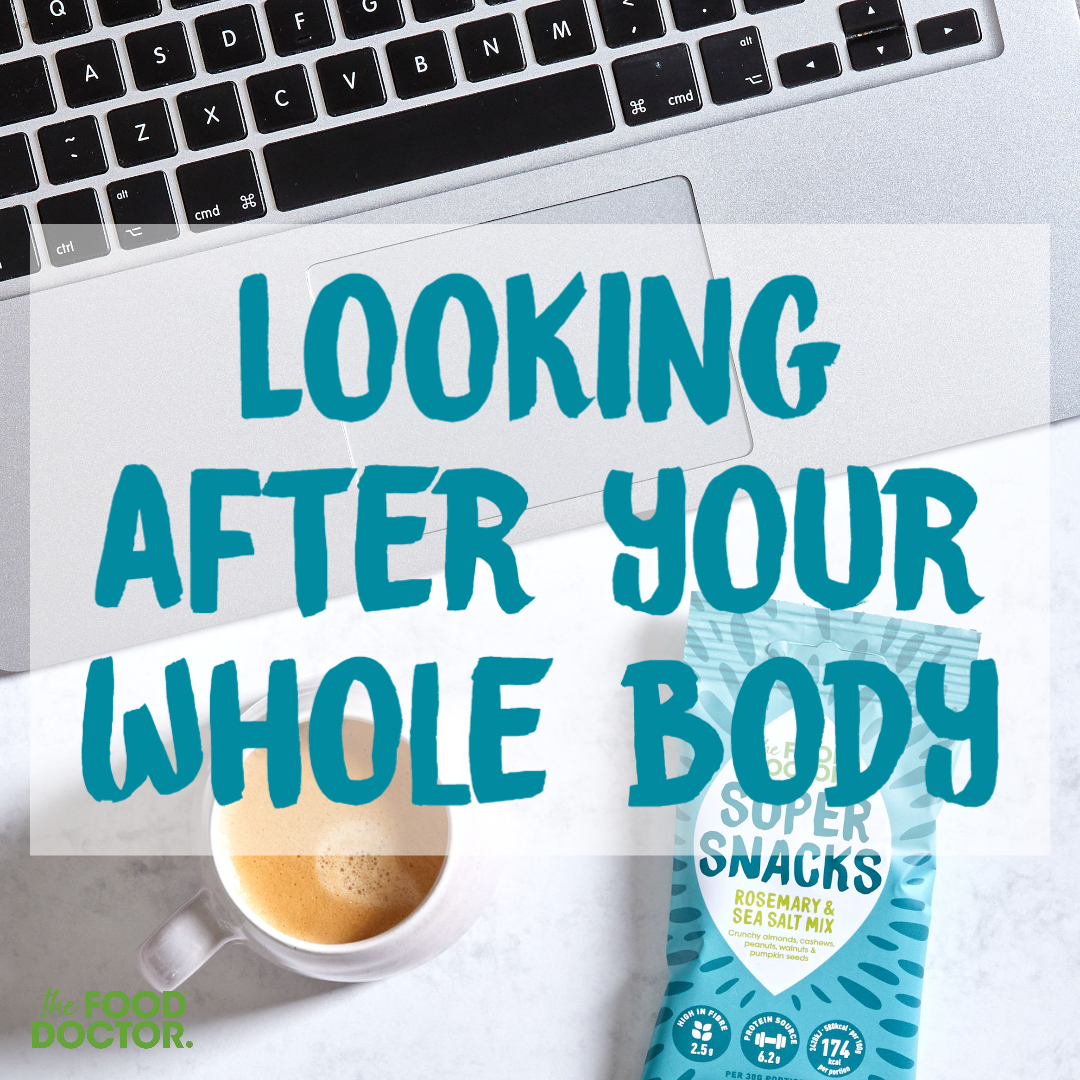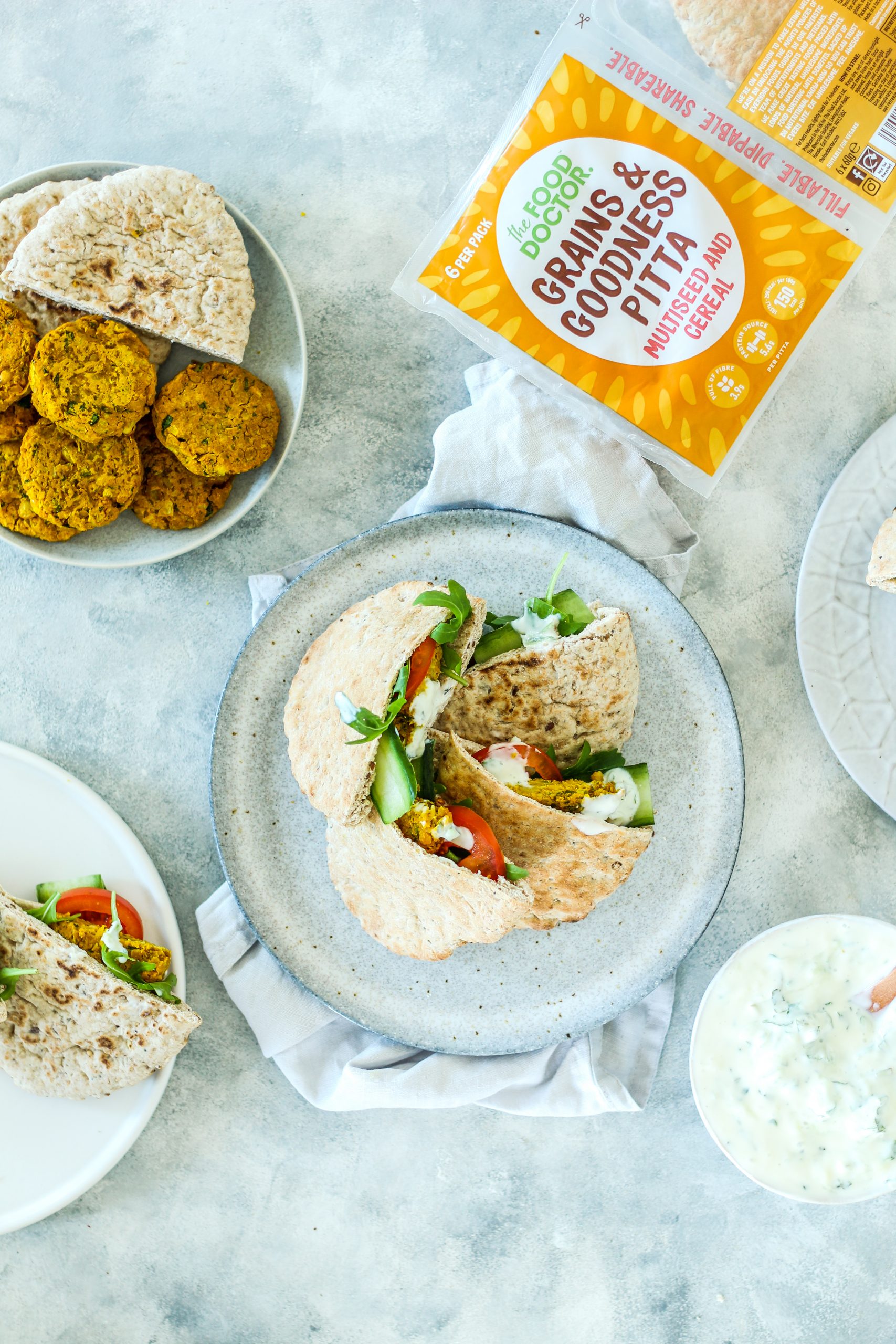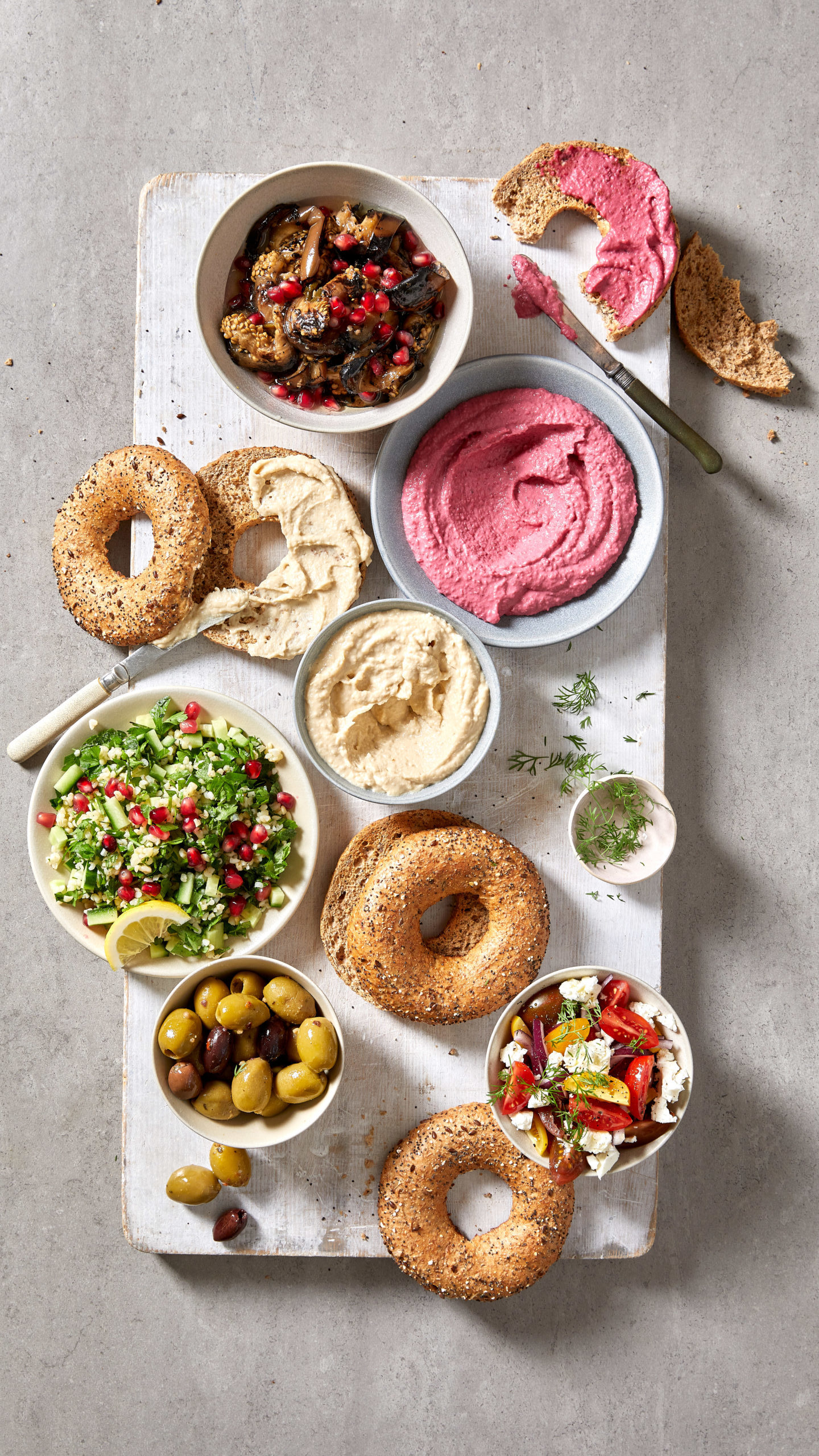Most of us like a bit of the sweet stuff, and there’s nothing wrong with that. But too much of anything, even carrots, isn’t good for your overall health, and when it comes to so-called “free sugars”, Public Health England advises us to limit this to the equivalent of 7 teaspoons per day for adults. We’re supporting this year’s Sugar Awareness Week, and as usual, we dissect the facts for you into simple tips so you can make gradually realistic improvements to your everyday food choices.
What’s free?
Sounds counter-intuitive that free sugars are the ones that we shouldn’t be eating freely at all! But the free word refers to the way the sugar is present in a food, and in simple terms it means that the food has been broken down so that the sugars are no longer tightly bound within its physical structure. This makes them freer to be quickly digested and absorbed by the body. And it’s because of this “free-ness” that they can make you more prone to tooth decay and are associated with obesity.
Sugar in drinks makes its way into the bloodstream most quickly, and according to the UK’s National Diet and Nutrition Survey (NDNS), children tend to have the highest intakes of sugar-rich soft drinks, though there has been a recent downward trend, which is good news. It might surprise you to know that the sugar in unsweetened fruit juice is also classed as a free sugar, whereas sugar in fruit is not a free sugar. That’s because the physical make-up of the fruit has been disrupted when it’s blended into juice and this frees up the sugar so it’s more quickly absorbed into the bloodstream.
Because fruit juice also comes with added nutrients like vitamin C and potassium, a 150ml glass counts once towards your 5-a-day fruit and veg recommendation and it doesn’t make sense to avoid it completely.
Where do you get free sugars from?
Sugar that’s added to foods:
- Ordinary white table sugar (sucrose)
- Glucose
- Maltose
- Fructose
- Dextrose
- Invert sugar
Sugar-rich flavourings
- Treacle
- Molasses
- Golden and other syrups
- Honey
- Jam & marmalade
- Fruit puree
Sugar in drinks
- Sugar-sweetened soft drinks
- Sugar in unsweetened and sweetened fruit juices and drinks
- Pureed fruit and vegetables in smoothies
- Sugar added to plant-based drinks
- Flavoured milkshakes
Sugar in foods
- Sweets
- Chocolates
- Cakes
- Biscuits
- Sweet pastries
- Sweetened breakfast cereals
- Sugar-sweetened yogurts and dairy alternatives
The good news about going natural
Sugar Awareness Week isn’t just about being conscious of where our free sugars are coming from; it’s also about awareness of enjoying foods that are naturally sweet and nutritious. Foods that are high in naturally occurring sugars such as lactose found in milk and yogurt, and fructose found in whole fruits, are mixed up with all sorts of macro and micronutrients.
For example, you get essential iodine from dairy products, which is needed for your thyroid gland. According to the NDNS data, teenage girls are particularly at risk of low iodine intakes. Fresh, canned, frozen and dried fruits, and sweet veg like peas and sweetcorn bring fibre – we’re currently not reaching the recommended 30g of fibre a day.
So, this year, let’s celebrate being sugar-smart when we’re shopping and take time to embrace the delicious and colourful foods that are naturally sweet and good for you.
Information Sources:
NDNS (2019)
https://www.gov.uk/government/statistics/ndns-time-trend-and-income-analyses-for-years-1-to-9
SACN report, (2015), Carbohydrates and Health https://www.gov.uk/government/uploads/system/uploads/attachment_data/file/445503/SACN_Carbohydrates_and_Health.pdf
https://www.bda.uk.com/foodfacts/food_fact_sheet_information_sources/sugarinfo
